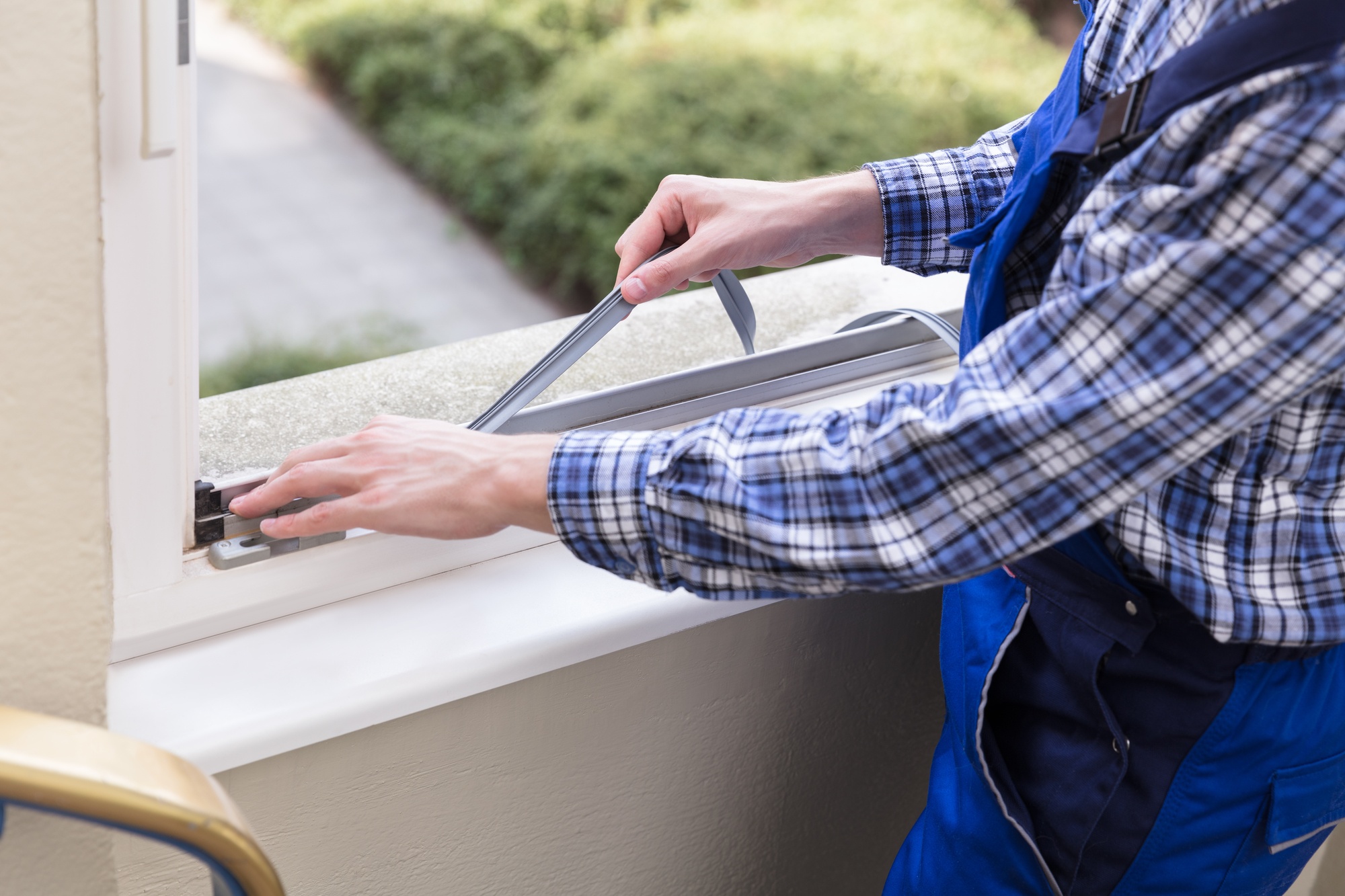Even at its coldest, Louisiana isn’t exactly known as a winter wonderland. But even if the only blizzards the state sees have soft-serve ice cream, cold weather can still present serious challenges — and dangers — for Bayou State homeowners.
Whether it’s the risk of fire or carbon monoxide from heaters or skyrocketing utility bills linked to drafty windows, winter weather can pose significant risks for all types of residential properties. Making smart choices around the house throughout the coldest months of the year can help keep you and your loved ones safe — and your pocketbook healthy. These three tips can help.
Winterize Your Home
To keep your home safe, warm and running as efficiently as possible throughout the winter, the federal Centers for Disease Control and Prevention suggests installing weather stripping to prevent air leaks around doors and windows, and using insulation and storm windows to help keep frigid air out. The federal agency also encourages homeowners to insulate water lines that run along exterior walls, and to clean out gutters and repair roof leaks.
It can also help to target common areas where cold air can seep into your home and make it much harder to keep warm. The U.S. Department of Energy suggests sealing off utility cut-throughs for pipes, gaps around chimneys and recessed lights in insulated ceilings, as well as unfinished spaces behind cupboards and closets. If you’re not sure where to start, the department offers a handy guide on how to detect air leaks.
Covering drafty windows with tight-fitting, insulating drapes or shades can also help after weatherizing, the Energy Department says. Finally, to help heat your home naturally, open curtains on your south-facing windows during the day to allow more sunlight in.
The results from these steps can be significant. “By weatherizing you’re going in and improving the home’s efficiency in how it runs utilities,” says Brad Sweazy, chief operating officer for the Louisiana Housing Corporation. “Hopefully in most cases you’re going to bring the cost down 20 or 30 percent, maybe more.”
In Louisiana, weatherization assistance is available for many low-income, elderly and disabled homeowners through a federally funded program administered by the LHC.
Practice Safety with Space Heaters
The National Fire Protection Association says heating is the second-leading cause of U.S. home fires, deaths and injuries — and statistics show that December, January and February are the peak months for heating-related fires. Space heaters are the most common culprit, figuring in about 40 percent of fires related to home heating equipment, the NFPA says.
Even the smallest space heater can present significant risk without proper attention and caution. The Governor’s Office of Homeland Security and Emergency Preparedness (GOHSEP) offers a few important safety tips for these portable heaters.
First, place the heater on a level, hard and nonflammable surface, such as ceramic tile floor. Placing it on a rug or carpet or near bedding or drapes could present a fire hazard. Keep a heater at least three feet from bedding, drapes, furniture and other flammable materials. Keep children and pets away from space heaters.
To prevent the risk of fire, never leave a space heater on when you go to sleep or place a space heater close to any sleeping person. Always turn the space heater off if you leave the area.
Prevent Carbon Monoxide Emergencies
Sometimes referred to as an “invisible killer,” carbon monoxide is an odorless, colorless gas created when fuels such as gasoline, wood and propane do not burn completely. Carbon monoxide (CO) incidents are more common during the winter months, according to data from the NFPA.
In the home, heating and cooking equipment that burn fuel are potential sources of CO. To prevent carbon monoxide emergencies, GOHSEP suggests homeowners never use a generator, grill, camp stove or any other device that burns gasoline, propane, natural gas or charcoal indoors or in any partially enclosed area. It’s also crucial to locate any heating unit away from doors, windows and vents that could allow carbon monoxide to come indoors. Ovens and open-flame sources such as candles should never be used to heat homes.
For additional safety, install a CO detector to alert you of the presence of the carbon monoxide, and check the batteries on these devices when you change your clocks in the fall and spring. Learn symptoms of CO poisoning, such as headache, dizziness, weakness, upset stomach, vomiting, chest pain and confusion.
The Louisiana Housing Corporation administers the U.S. Department of Energy Weatherization Assistance Program that reduces energy costs for low-income households by increasing the energy efficiency of homes while also ensuring health and safety. It distributes about $1 million a year in assistance through seven community partners. Learn more.



No Comments Yet
Let us know what you think